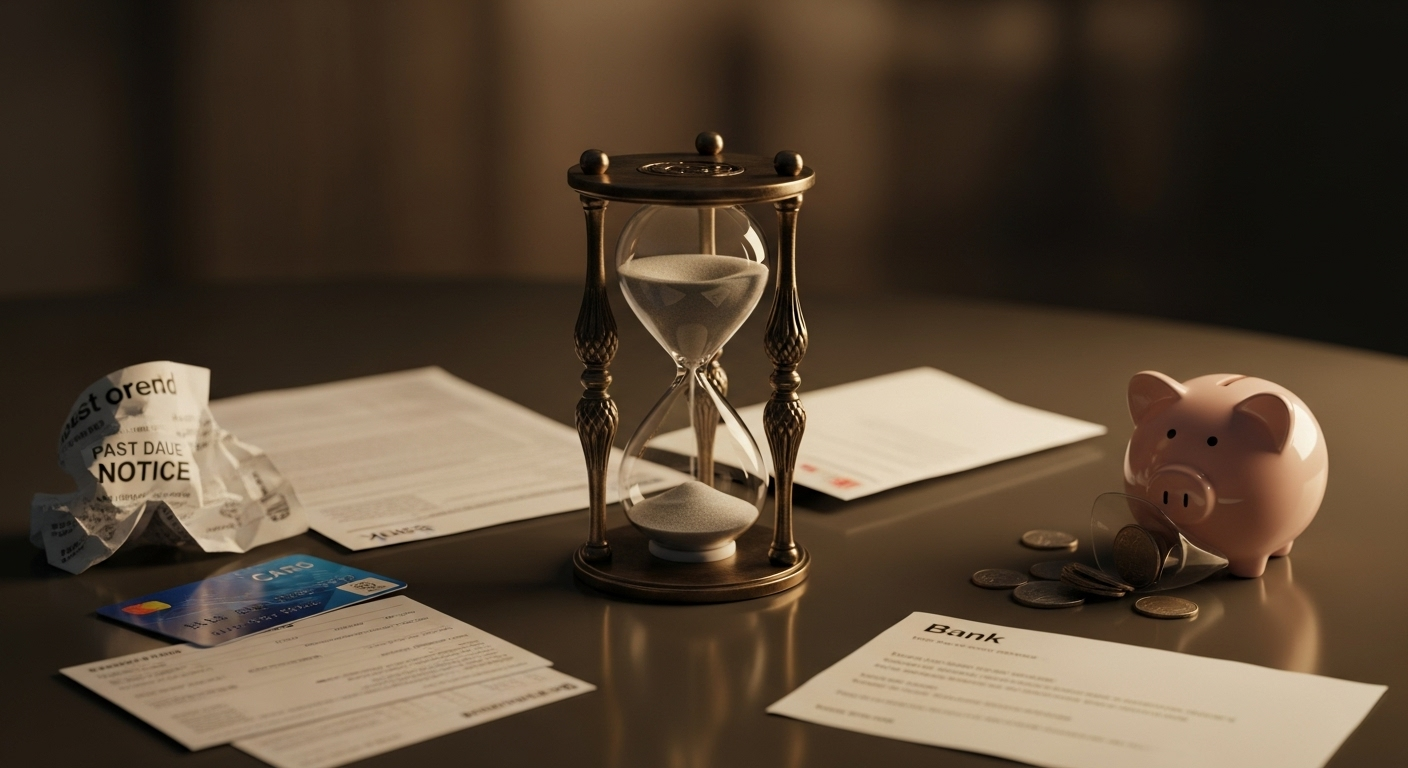What is a debt relief program and how do I know if I should use one?
Debt can quickly become overwhelming, leaving many individuals feeling trapped in a cycle of financial stress. A debt relief program offers a potential lifeline for those struggling with multiple debts, providing strategies to manage and potentially reduce financial burdens. Understanding these programs can be the first step toward regaining financial control and peace of mind.

What Are Debt Relief Programs?
Debt relief programs are structured approaches designed to help individuals manage and reduce their outstanding financial obligations. These programs can take various forms, including debt consolidation, debt settlement, credit counseling, and bankruptcy alternatives. The primary goal is to create a more manageable path to financial recovery, helping individuals reduce their total debt load and potentially lower interest rates or monthly payments.
Signs That Indicate You Might Need Debt Relief
Several warning signs suggest you might benefit from a debt relief program. If you’re consistently making minimum payments, using credit cards to pay for essential expenses, or experiencing constant stress about your financial situation, it may be time to explore debt relief options. Other red flags include:
-
Receiving frequent collection calls
-
Using one credit card to pay off another
-
Experiencing difficulty covering basic living expenses
-
Facing potential wage garnishment or legal action from creditors
Potential Risks Associated with Debt Relief Options
While debt relief programs can provide significant benefits, they also come with potential drawbacks. Some programs may temporarily impact your credit score, and certain solutions like debt settlement can have long-term financial consequences. It’s crucial to carefully evaluate:
-
Potential credit score implications
-
Tax consequences of debt forgiveness
-
Fees associated with debt relief services
-
Long-term financial impact of different relief strategies
Evaluating Different Types of Debt Relief Solutions
| Debt Relief Option | Typical Approach | Potential Benefits | Primary Considerations |
|---|---|---|---|
| Debt Consolidation | Combining multiple debts into a single loan | Lower interest rates, single monthly payment | Requires good credit score |
| Debt Settlement | Negotiating to pay less than the full amount owed | Potential significant debt reduction | Negative credit impact |
| Credit Counseling | Professional guidance and debt management plan | Structured repayment strategy | May require closing credit accounts |
| Bankruptcy | Legal process to discharge or restructure debt | Complete debt relief | Severe long-term credit consequences |
Prices, rates, or cost estimates mentioned in this article are based on the latest available information but may change over time. Independent research is advised before making financial decisions.
Expert Insights on Choosing the Right Debt Relief Program
Selecting the most appropriate debt relief strategy requires careful consideration of your unique financial situation. Financial experts recommend:
-
Thoroughly assessing your total debt and income
-
Consulting with a certified financial counselor
-
Comparing multiple debt relief options
-
Understanding the full terms and potential consequences of each approach
-
Developing a comprehensive long-term financial plan
Making an Informed Decision
Debt relief is not a one-size-fits-all solution. Each individual’s financial circumstances are unique, and what works for one person may not be ideal for another. Take time to research, seek professional advice, and carefully evaluate your options before committing to any debt relief program.




